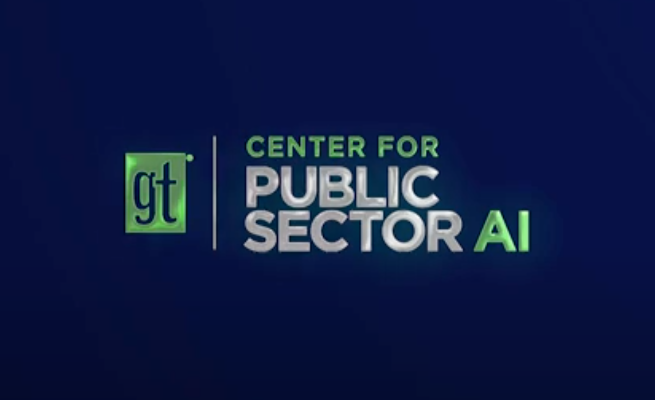
Articles
Evaluating the Growth of Driverless Transit
Driverless transit systems could see significant growth thanks to the SMART Act.
Driverless transit systems could see significant growth thanks to the SMART Act.
The Strengthening Mobility And Revolutionizing Transportation (SMART) grants are a United States Department of Transportation program that dedicate $100 million to be distributed each year for five years in order to promote the adoption of new technologies for transportation.
One of the newer technologies that could be adopted in the United States is the driverless or assisted metro.
And while SMART grants will not be large enough, on their own, to allow a transit agency with even a small number of trains to fully equip driverless technology, pilots certainly may be possible.
If deemed successful, the Federal Transit Administration could fund a broader implementation, though some agencies may find it worthwhile to take it on themselves.
Reimagining transit
Driverless or automated metros are not, strictly speaking, a new technology.
The earliest in the United States was the PATCO Speedline in Philadelphia’s New Jersey suburbs, which opened in 1969.
Some lines of the Bay Area Raid Transit and Washington Metro, opened in the 1970s, were also originally automated. However, these were semi-automated lines. A driver was still required to be on board to open and close doors and could take manual control of the train if needed.
Those systems were also designed to be automated rather than retrofitting existing trains, but Paris showed that was possible in 2012. Many newer metros, in India, China, Japan, the United Arab Emirates and Europe are fully automated.
Freeing up resources
By not needing drivers, automated metros can operate with far fewer crew, freeing money, or people, to work on maintaining or managing the system instead of operating it.
As a result of the COVID-19 pandemic in 2020, many transit agencies have seen both large numbers of retirements or been forced to make harsh budget cuts. While the impact was slightly blunted by Congressional action, and a more recent recovery in ridership, many agencies are finding it difficult to remain fully staffed with bus drivers, train operators, and/or dispatchers.
While it will still take time to retrain train operators for other duties, it may be easier and more affordable in the long run to do so.
But there are challenges to implementing such technology — unions can be wary — and some would argue rightly so — of such technology as a threat to their jobs.
Incorporating new technology can also result in unforeseen problems, as people learn new systems and they interface with existing ones, causing service interruptions or other problems.
The fatal crash on the Washington Metro’s Red Line in 2009 is also reason to be wary, though fatal crashes have resulted from manually operated trains. Another challenge is that some of the train systems built recently in the US are streetcars that operate in mixed traffic or light rail systems with at-grade crossings, like the DC Streetcar and Los Angeles’ A Line.
Expanding driverless operations
A related technology is the Advanced Driver Assistance System, which is being tested out for buses for use in transit yards.
As seen in previous discussions of autonomous vehicles, fully driverless buses are still a work in progress. The systems the Department of Transportation are funding are for demonstrations, with the idea of automating movements for maintenance and storage, with the idea of collecting data to use for automating more bus driving functions.
Greater automation for public transit is potentially a revolutionary technology that could greatly reduce operating costs for agencies, allowing more service — even 24 hour service.
Currently, a lack of frequent service, along with inconvenient operating hours and poor coverage, are some of the biggest reasons transit ridership remains poor, even among people for whom owning a car is an expense they can barely keep up with.
While adopting this technology will require more investment from the Department of Transportation, a pilot program funded by a SMART grant could be very successful.
<hr></hr>
Learn more about how Urban SDK can help your organization make informed decisions using critical data. Contact our team here.

NEWS
Recent Announcements
See how public sector leaders succeed with Urban SDK.

Company News
Urban SDK Joins Government Technology’s AI Council to Help Shape the Future of AI in the Public Sector
We’re proud to announce that Urban SDK has officially joined the AI Council, part of Government Technology’s Center for Public Sector AI

Company News
Collision Index: Proactive Traffic Safety Powered by AI
Communities now have another layer of road safety thanks to Urban SDK’s Collision Index

Customer Stories
University of Florida Transportation Institute Partners with Urban SDK to Expand I-STREET Program
Urban SDK and the University of Florida have partnered to expand the university's I-STREET Program
WEBINAR
Identify speeding and proactively enforce issues
See just how quick and easy it is to identify speeding, address complaints, and deploy officers.
